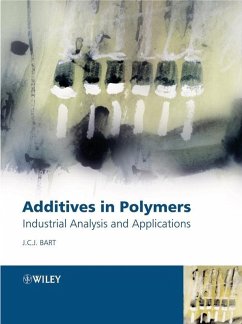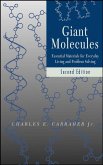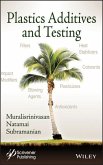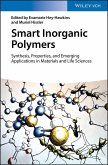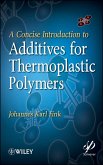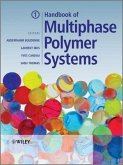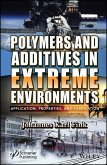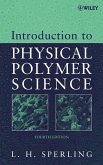This industrially relevant resource covers all established and emerging analytical methods for the deformulation of polymeric materials, with emphasis on the non-polymeric components.
- Each technique is evaluated on its technical and industrial merits.
- Emphasis is on understanding (principles and characteristics) and industrial applicability.
- Extensively illustrated throughout with over 200 figures, 400 tables, and 3,000 references.
Dieser Download kann aus rechtlichen Gründen nur mit Rechnungsadresse in D ausgeliefert werden.

